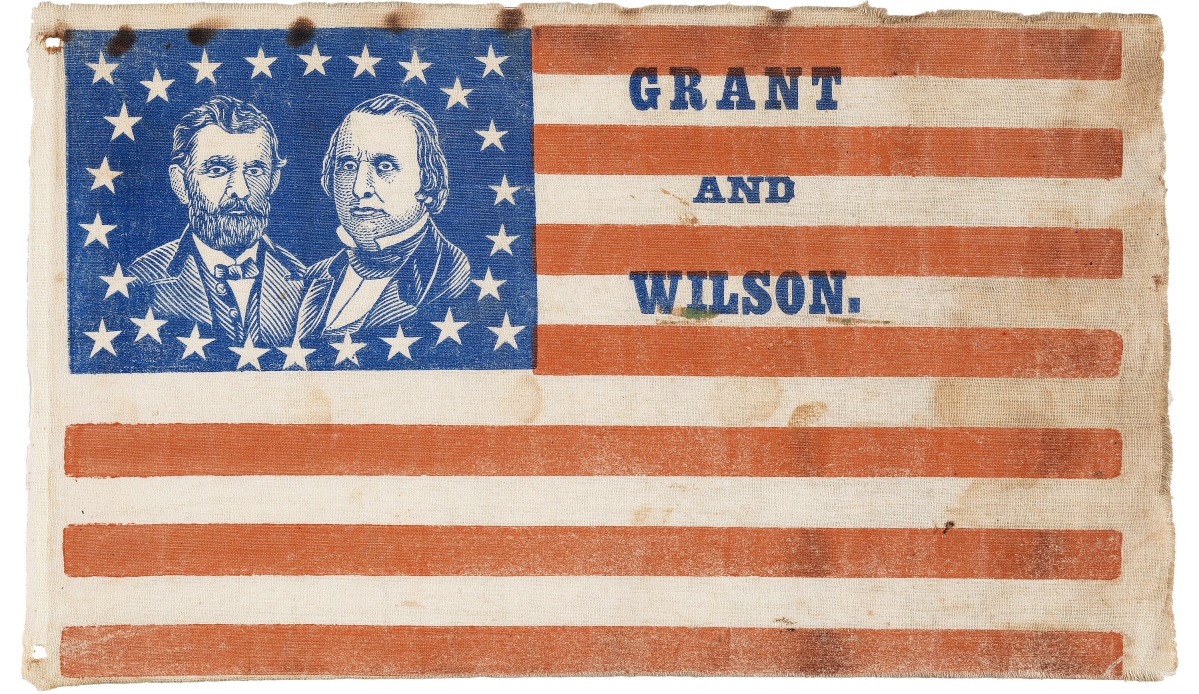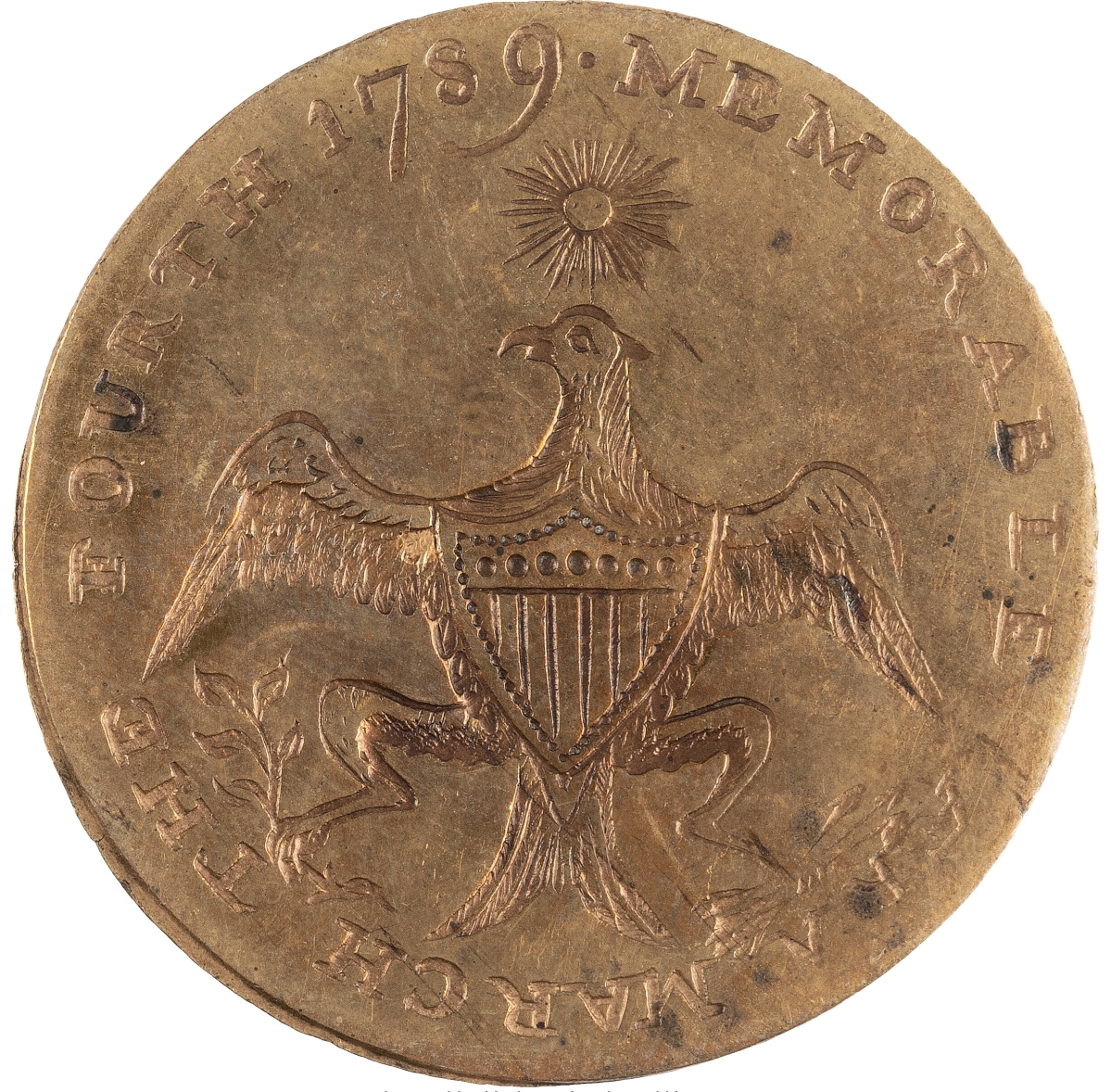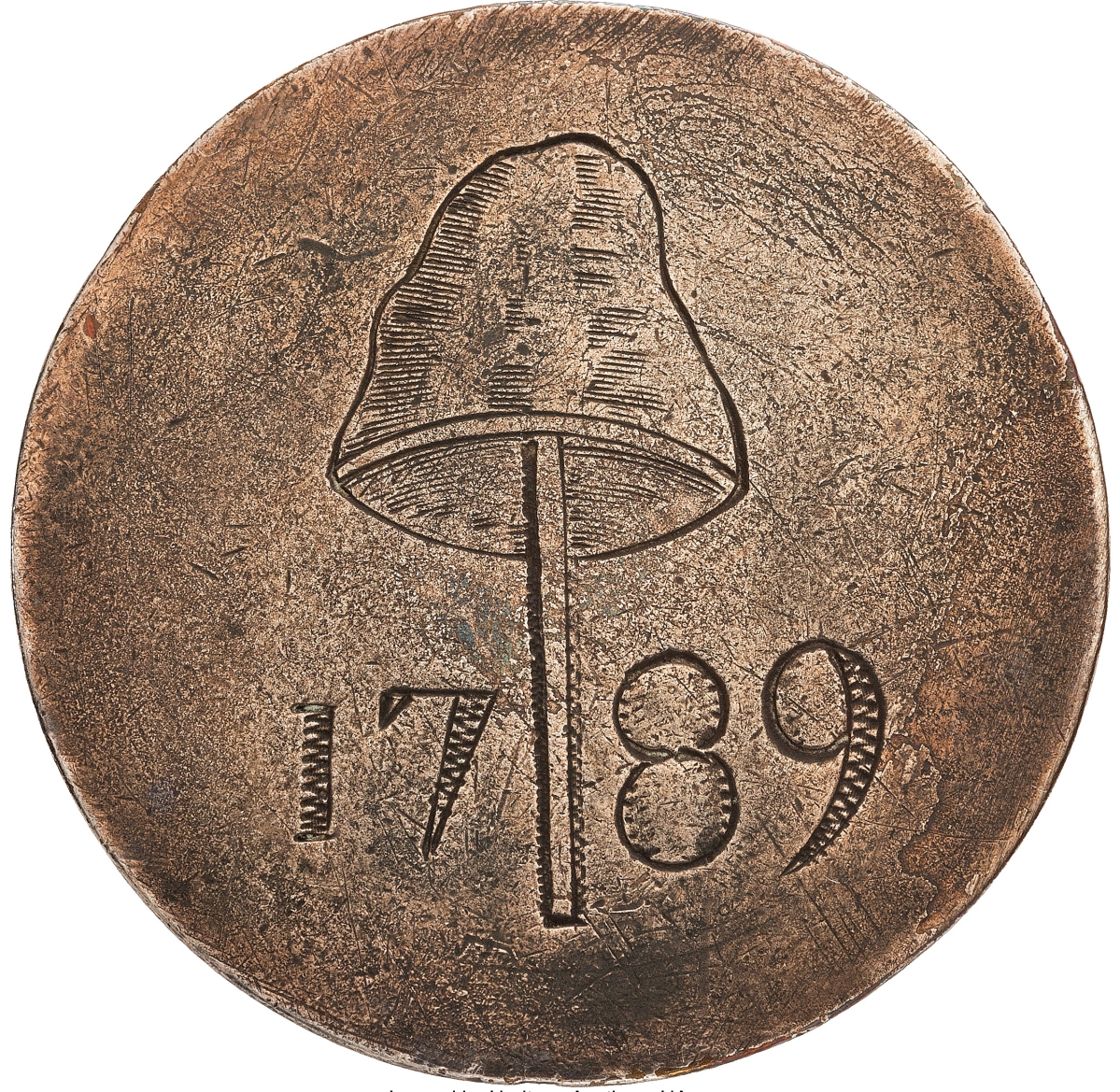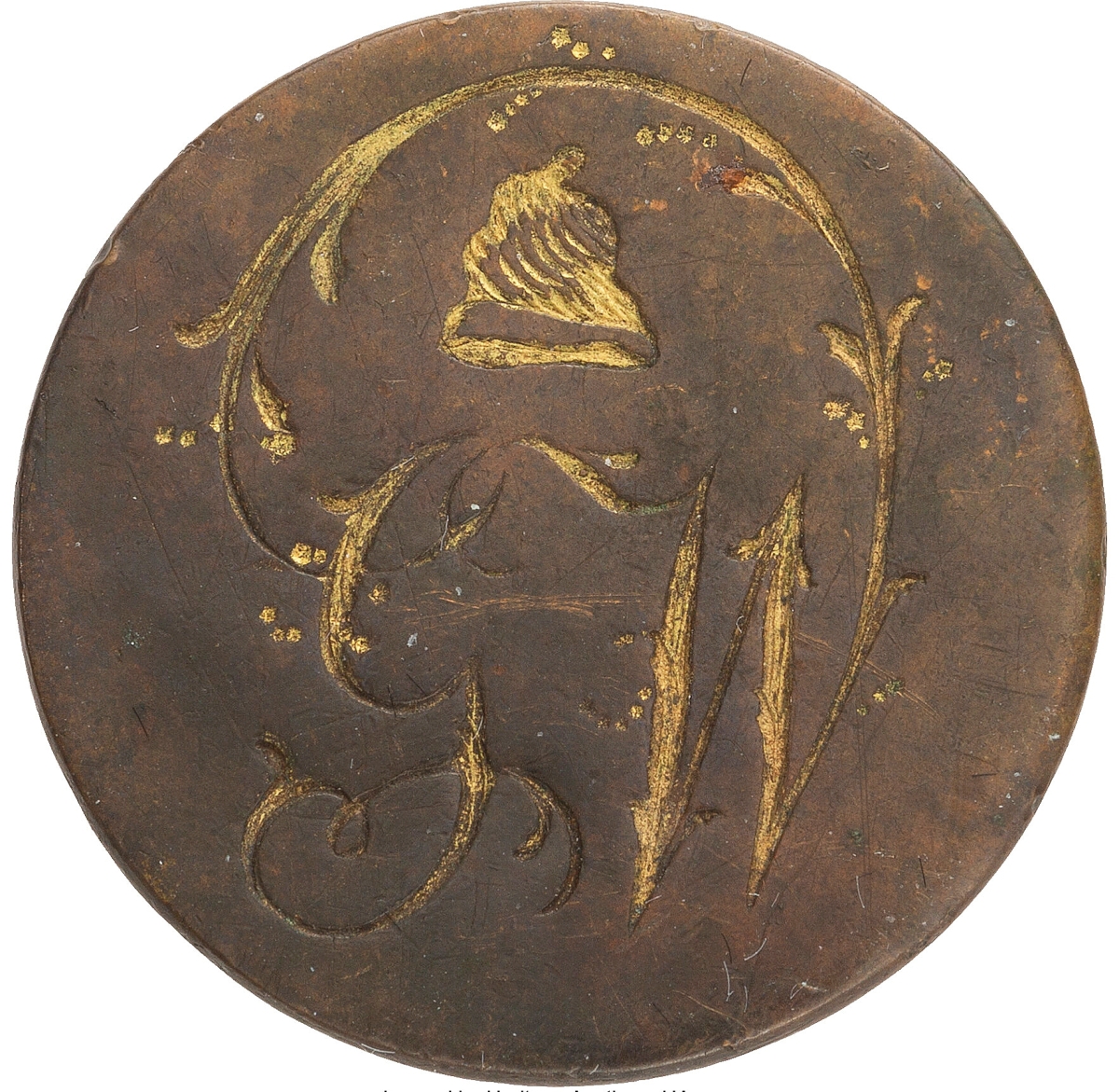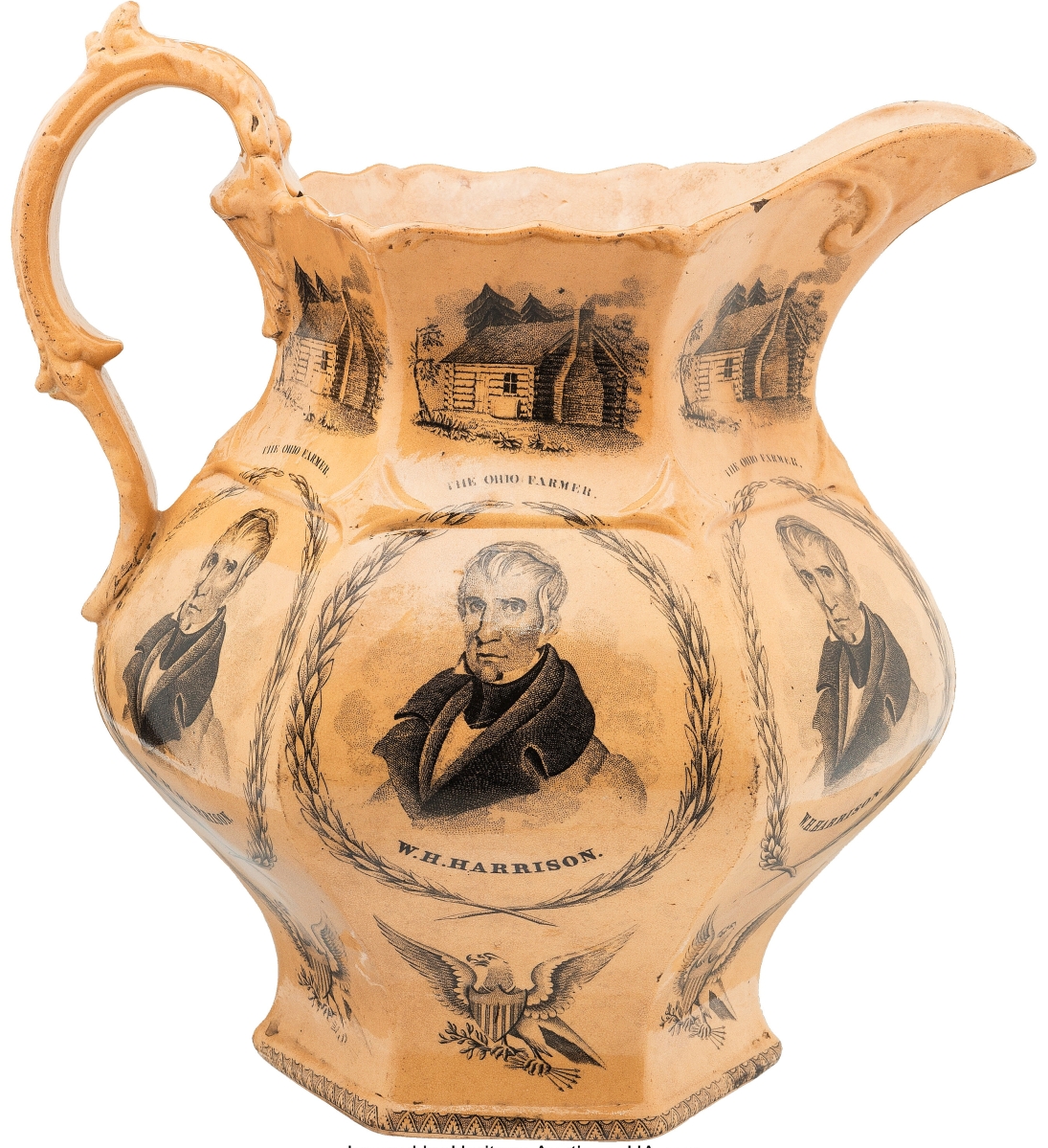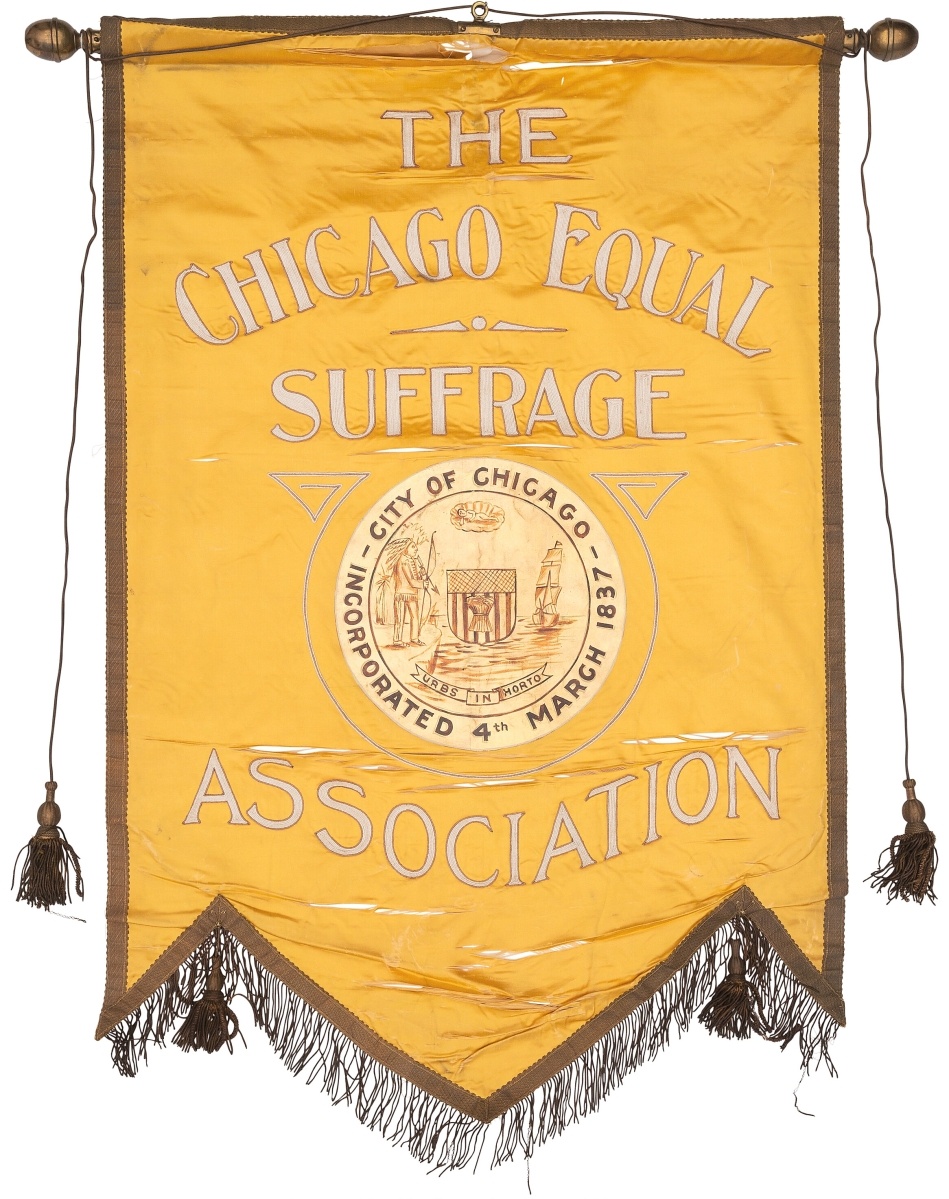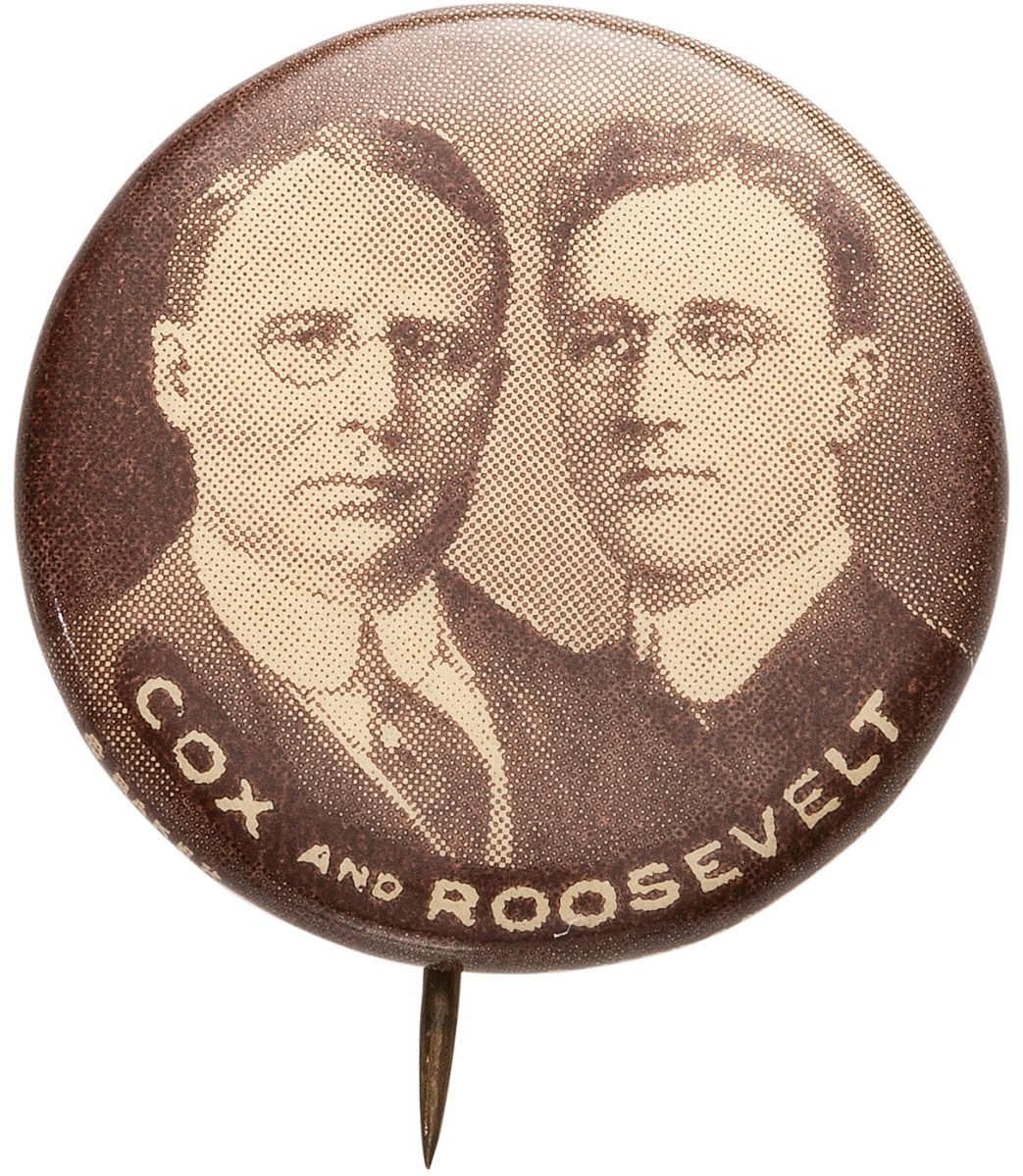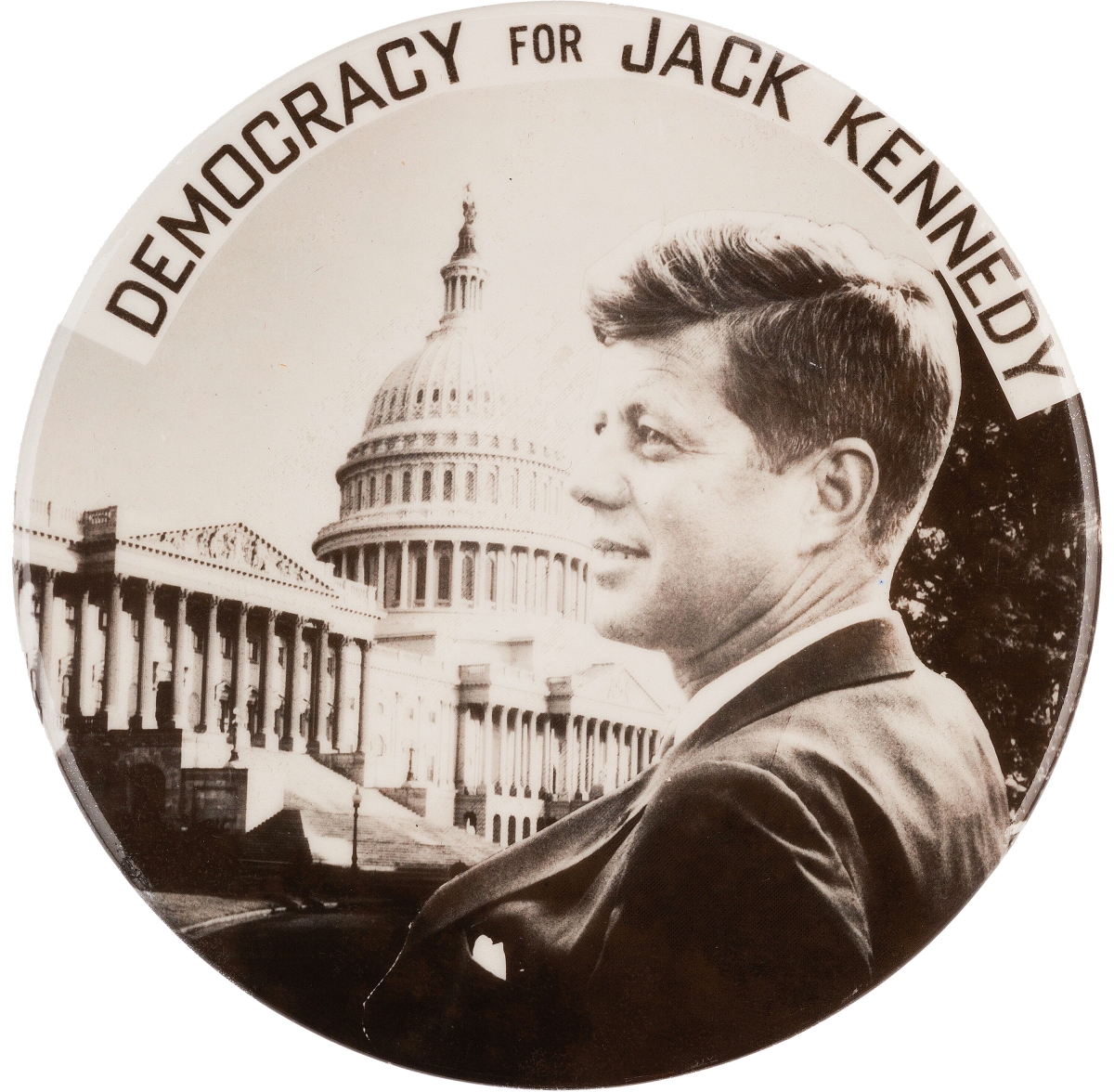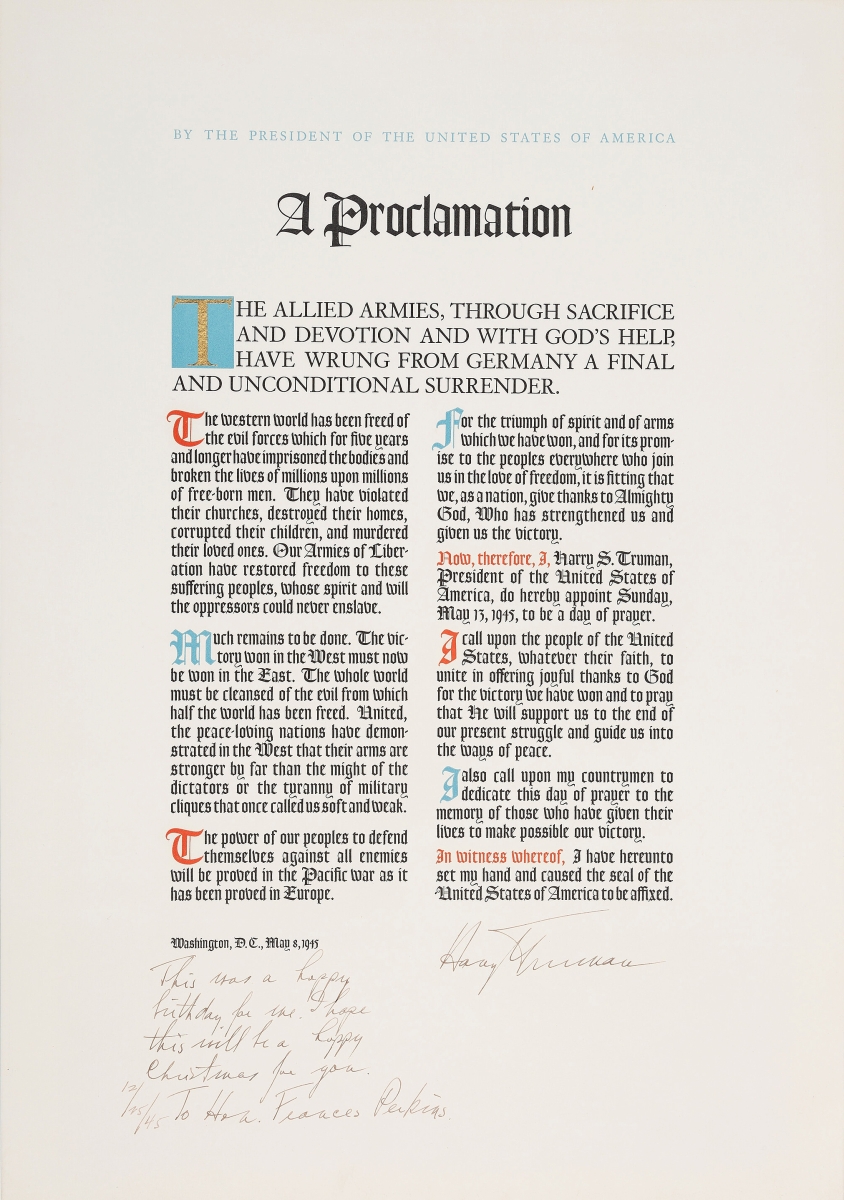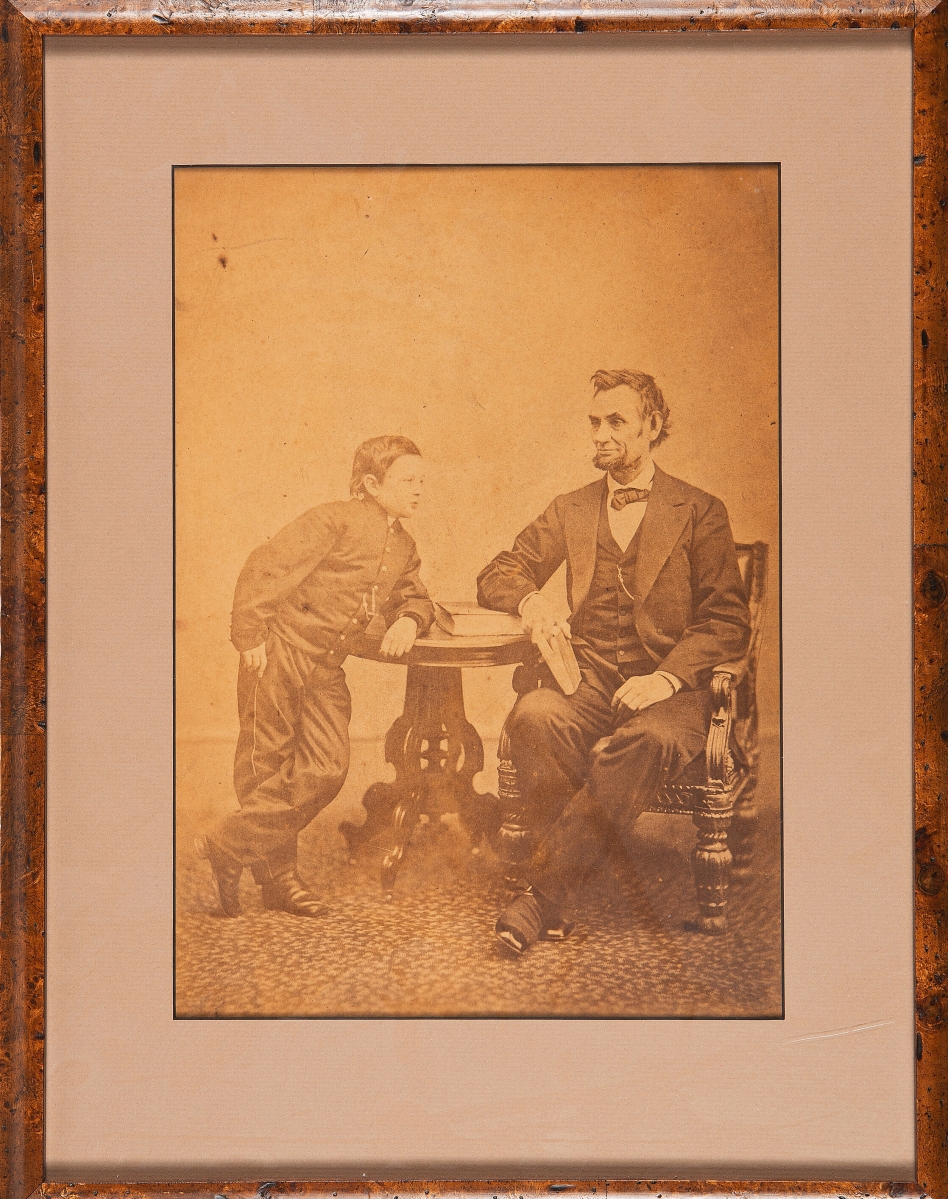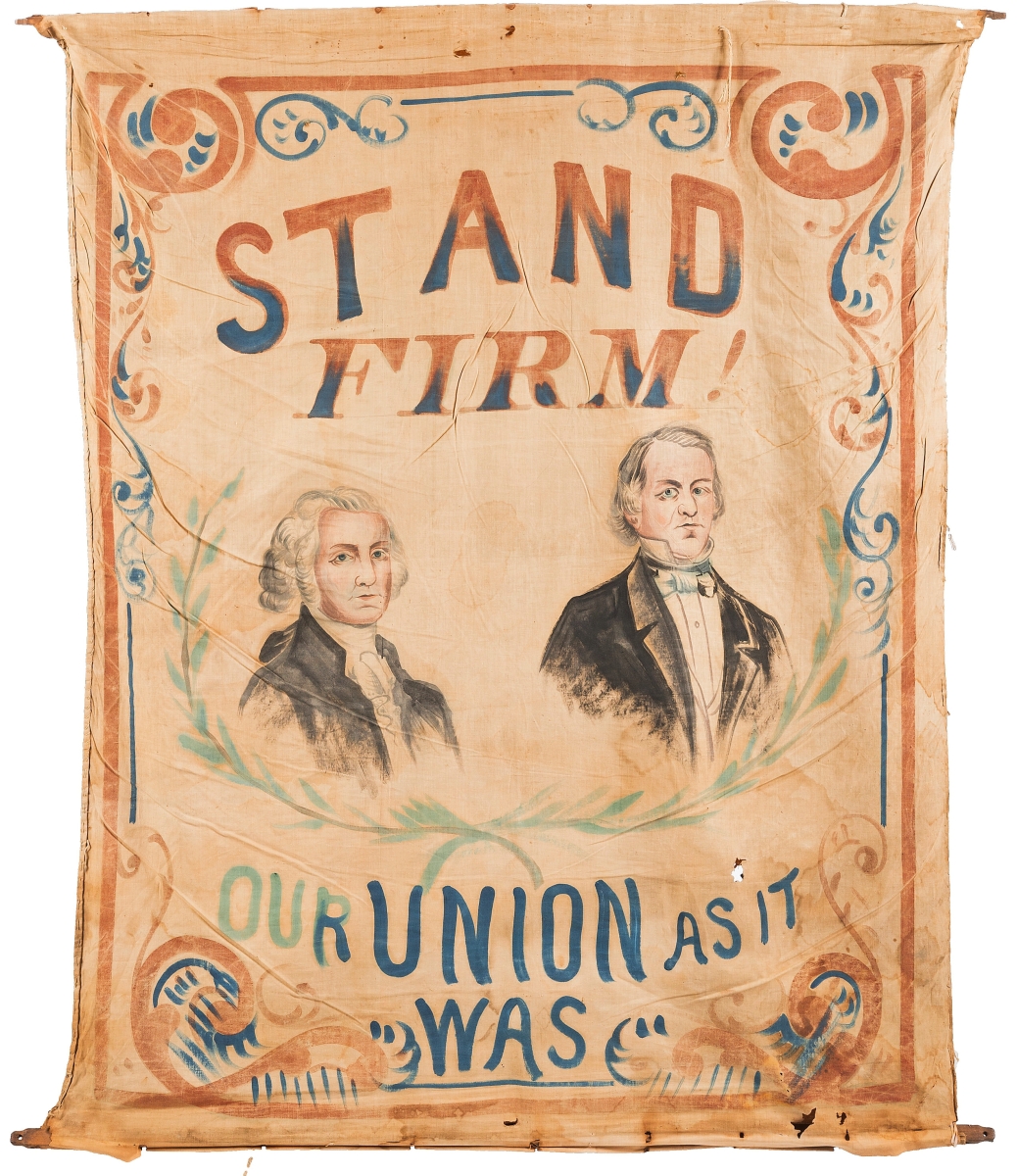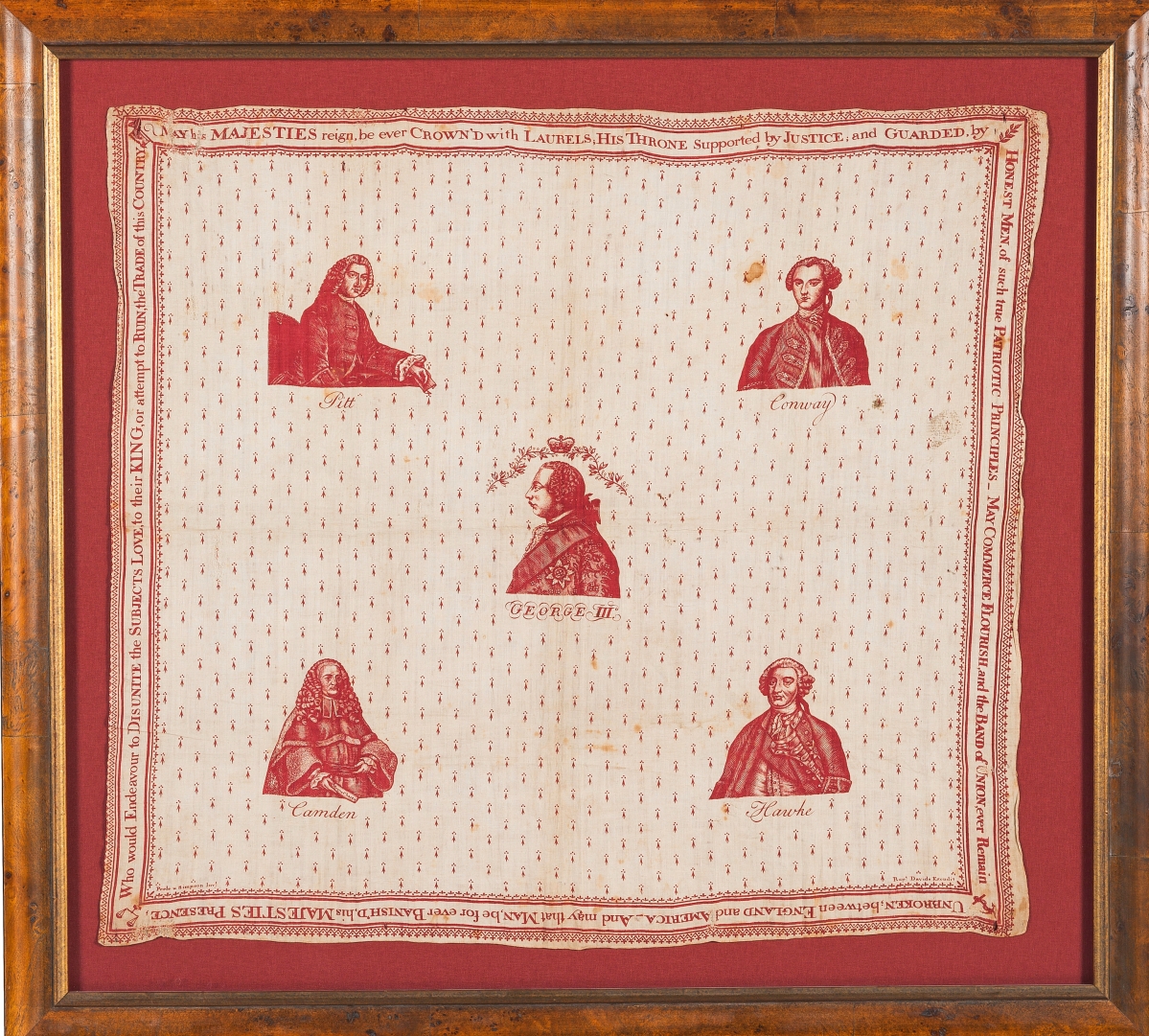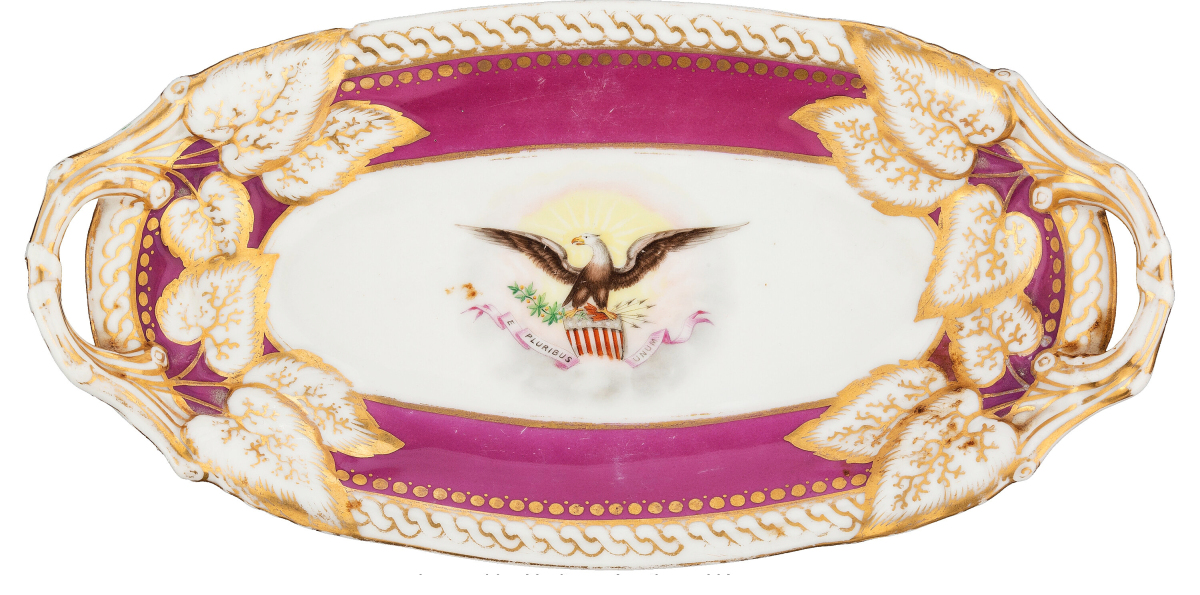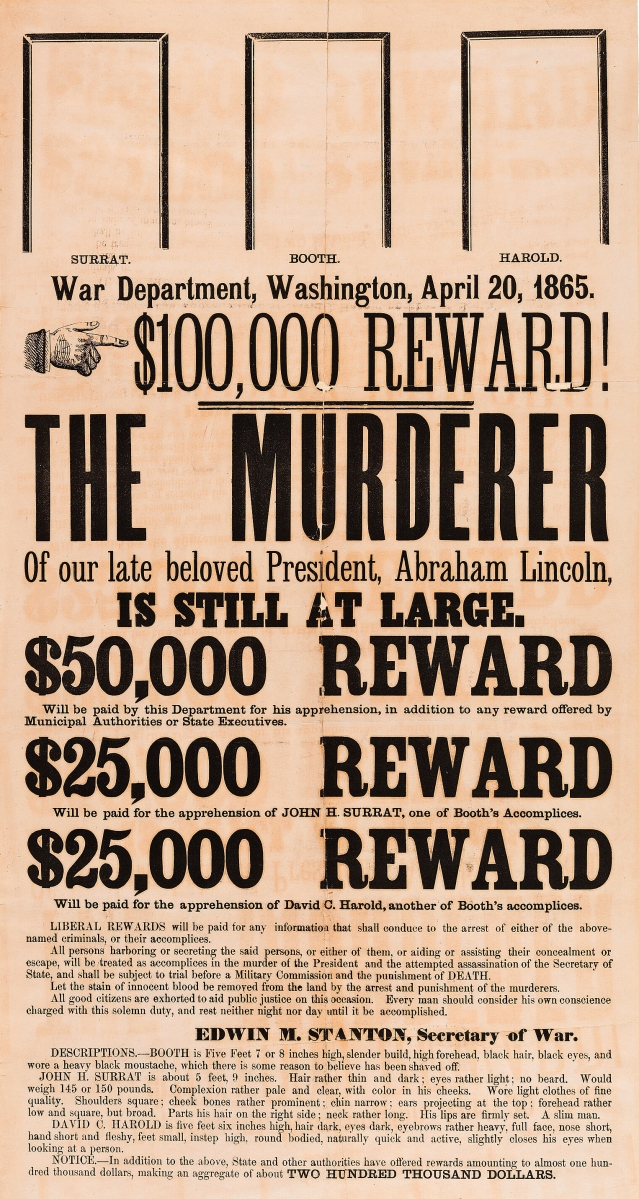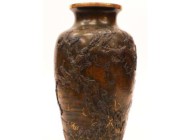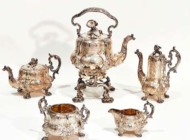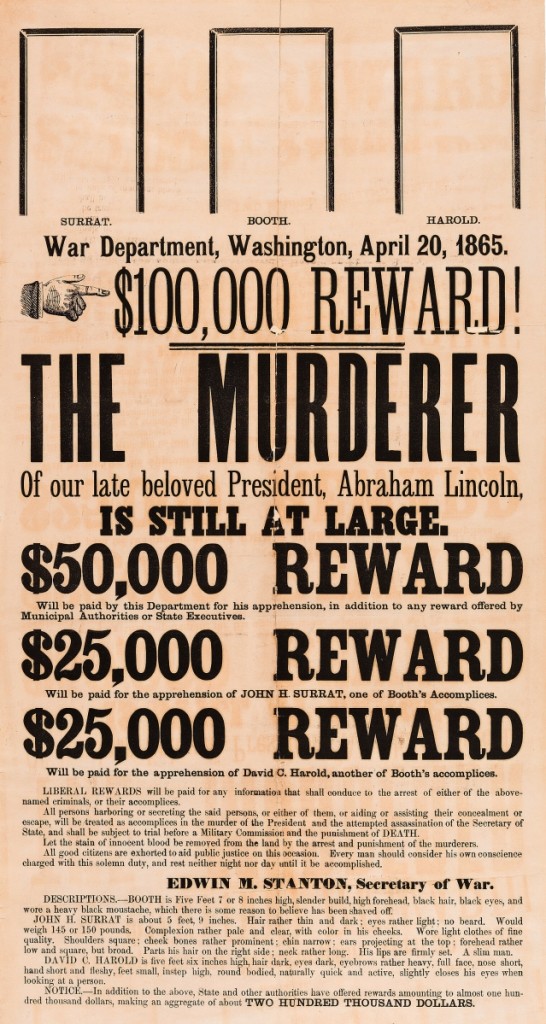
One of the most newsworthy events of the Nineteenth Century was the assassination of President Abraham Lincoln by John Wilkes Booth on April 14, 1865. Less than a week later, the US War Department issued a $100,000 reward for the apprehension of Booth and his co-conspirators, John H. Surratt and David C. Herold. A broadside that misspelled both Surratt and Herold led the auction and sold to a private collector for $275,000, a price director Curtis Lindner thought might be a record for the document.
Review by Madelia Hickman Ring, Photos Courtesy Heritage Auctions
DALLAS – George Washington and Abraham Lincoln may be long dead, but their legacies live on in the political antiques, ephemera and memorabilia that survive – from not just their presidencies – but also their lives prior to the White House. George Washington is arguably the president whose artifacts are most sought-after by collectors but in Heritage Auctions’ Americana and Political signature sale September 25-26, it was Lincoln artifacts that commanded the leaderboard. Of the top ten lots in the sale, six had connections in one way or another to the 16th President.
The sale achieved an overall total of $2.17 million, of which $397,313 was from the sale of 31 George Washington inaugural buttons from the collection of political memorabilia collector, Brook Mahoney.
“This was an exceptional auction,” Heritage Auctions Americana & Political director Curtis Lindner said. “The prices across the board were phenomenal and exceeded expectations greatly. The results only underscore the continued growth of the Americana collectibles market.”
The top lot in the sale was a broadside issued by the US War Department on April 20, 1865, offering $100,000 for the reward for the capture of Lincoln’s killer, John Wilkes Booth and accomplices John H. Surrat and David C. Herold. The broadside has been backed with archival paper for stability, has a couple of areas of minor loss, and is archivally hinged at the top to an acid free mat. Lindner thought the $275,000 realized might be a record for the piece, which came from a private collector and sold to another private collector.
An Abraham Lincoln parade ax that had been owned by the seller of the Booth broadside is one of six known extant examples and brought $87,500. The approximately 30-inch-long ax was carried by members of the Wide Awakes marching club, in support of Lincoln during the 1860 election. Inscribed “”Lincoln Campaign 1860 Rail Splitters’ Brigade,” it also had an old paper label that read “Carried by John E. Edmunds.”
A private collector from California discovered in a kitchen cupboard an inherited celery or asparagus plate from the porcelain dinner service Mary Todd Lincoln ordered in 1861. Pieces from this service rarely come to auction and the most recent one Heritage had auctioned had realized $62,500; after competition, the oval piece sold for $93,750. It was the third highest price achieved in the sale.
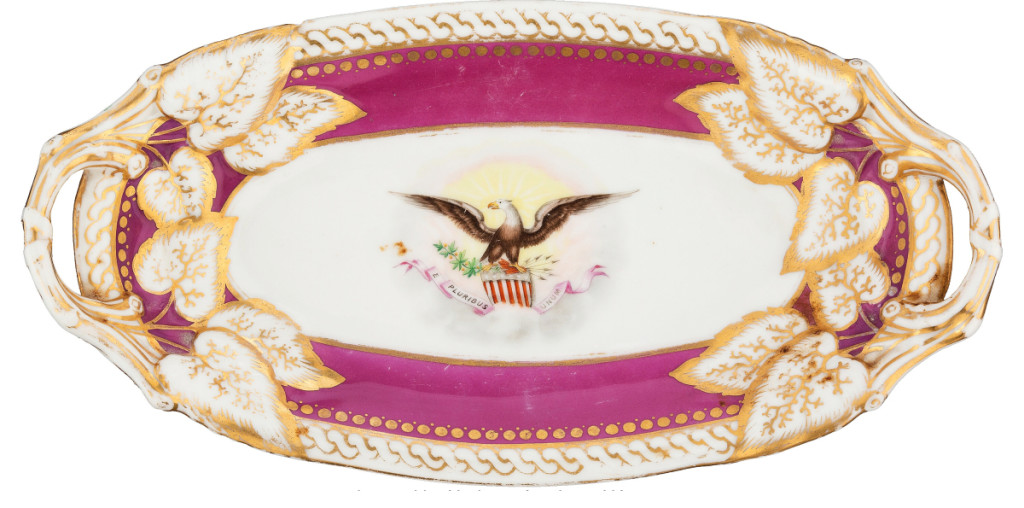
“I knew that would do well, but I didn’t think it would do as well as it did,” Curtis Lindner said of the $93,750 result realized for this celery or asparagus plate from the White House China service ordered during the Lincoln Administration. It was discovered in a California cupboard by a woman who had inherited it.
One of the most sentimental photos taken of Lincoln was one of him with his youngest son, Tad. The photograph was taken at the Washington DC studio of Alexander Gardner on February 5, 1865, just two months before Lincoln was assassinated; it is one of the last photos taken of him and shows the physical toll the presidency had taken. Typically found in a smaller carte de visite format, a 10-by-14-inch albumen example brought $33,750. The catalog noted it was in fine condition, with subtle tones and good contrast.
Collectors of Lincoln material will want to keep an eye out for a sale Heritage Auctions will conduct on February 12 that will feature a single collection dedicated solely to items related to Lincoln.
Textiles with political messages were in abundance with strong enough interest to place them among the sale’s high flyers. Bringing $90,000 from a private collector was a banner that is unusual because Johnson never ran in his own right, ascending to the presidency only after Lincoln’s assassination, and virtually no artifacts were made supporting him. Lindner thought that the banner may have been a unique piece and may have been hung at a speech Johnson gave on Washington’s birthday 1866 in Washington to attract more support for his policies.
Revolutionary war textiles are particularly scarce because of their age and fragility. The same consignor who sold the Johnson banner also sold a Stamp Act textile that flew to $50,000. The 26-by-30-inch cotton scarf was the only one Lindner had seen; it depicted King George III surrounded by four opponents of taxation: British prime minister William Pitt (1708-1766), Sir Charles Pratt (1714-1794), Henry Seymour Conway (1721-1795) and First Lord of the Admiralty, Edward Hawke (1766-1771).

“I knew it would do well, maybe $40/50,000; I didn’t think it would do as well as it did.” Curtis Lindner said this parade ax, carried in 1860 by supporters of Abraham Lincoln, was one of just six extant ones. It brought $87,500.
Of the many varieties of Nineteenth Century political campaign flags, jugate portrait flags – those depicting two opposing portraits – were infrequently made. One made for Ulysses Grant’s reelection in 1872 with vice presidential candidate Henry Wilson, achieved $32,500.
One hundred years after the Nineteenth Amendment gave women the vote saw a groundswell of attention from collectors who sought works signifying that moment in history. Lindner said interest does not appear to be waning, pointing to the $13,750 achieved by a silk suffrage banner that had originally belonged to Chicago suffragette, Bertha Baur. It was being sold by an East Coast collector who also sold an Oregon Suffrage umbrella for $6,875.
Some of the smallest things in the sale brought the biggest prices. These included not only campaign buttons but also inaugural buttons, led by Brook Mahoney’s collection.
Pinback jugate campaign buttons were made for every presidential ticket since 1860. One of the most desirable for collectors is the one made for the 1920 ticket of James M. Cox for president and Franklin D. Roosevelt for vice president (they would lose to Warren G. Harding and Calvin Coolidge). The example Heritage offered is one of between 50 and 60 believed to exist; it realized $30,000. That price just surpassed the $28,750 achieved by a 1960 campaign button for John Fitzgerald Kennedy.
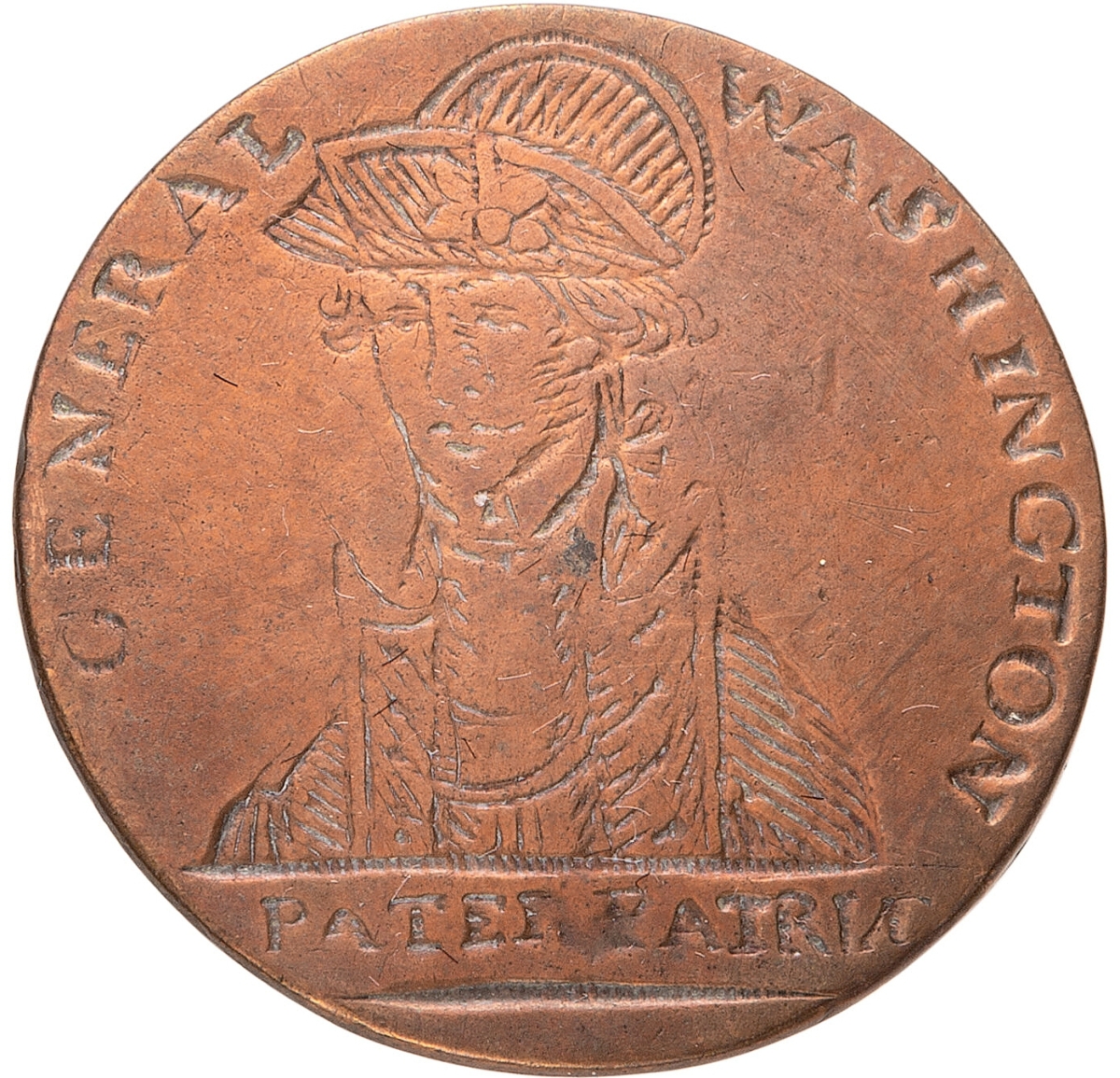
The second highest price in the sale, and possibly the second highest price ever realized for this George Washington Inaugural button, was $212,500 for this “Pater Patriae” example from Brook Mahoney’s collection.
Brook Mahoney Washington Inaugural Button Collection
Of the 33 buttons from Brook Mahoney’s collection of George Washington Inaugural Buttons, 31 traded hands successfully and were led by a rare “Pater Patriae” example that finished at $212,500, the second highest price in the sale. The result falls just short of the $225,000 realized for another Pater Patriae button that Heritage achieved from the collection of David and Janice Frent, in February 2018.
The rest of Mahoney’s buttons attracted significantly more modest prices, with two buttons bringing $16,250. The first to fetch that price was a “GW with Liberty Cap” inaugural button with partial shank and retaining about 75 percent of its original gilding over brass. Two lots later, a 1789 Liberty Cap silvered brass button was in very good condition and retained its original shank. A near mint example of the “Memorable Era” inaugural button that had only been lightly cleaned on the front and had an untouched back depicted a wingspread eagle and flew to $12,500.
Prices quoted include the buyer’s premium as reported by the auction house.
Heritage Auctions next Americana & Political Auction will be December 4-5, when the firm sells Part II of the Collection of Tom C. Huston. For more information, www.ha.com.

